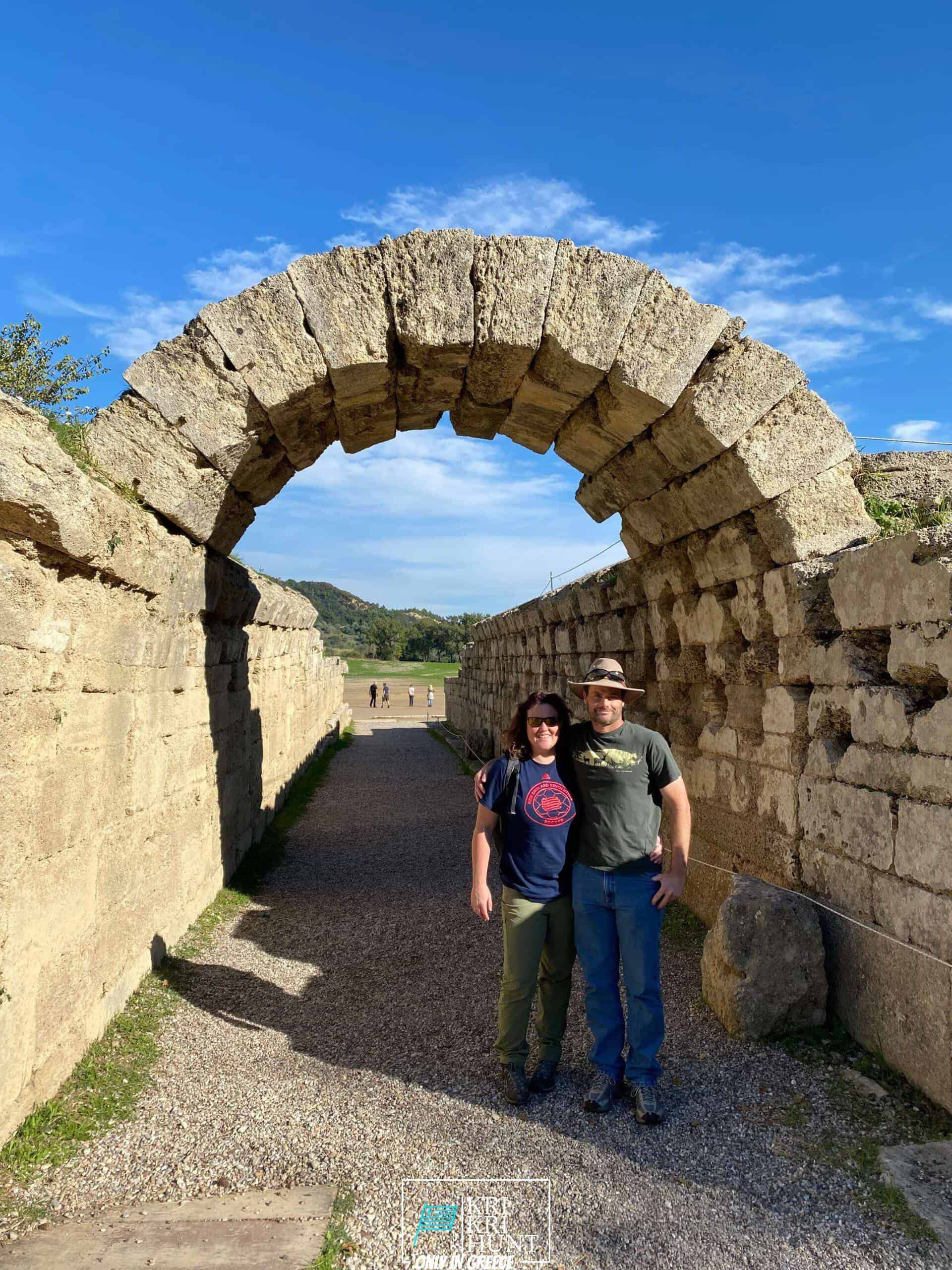Discover the surprise gems of Sapientza island, Greece. Golden Kri Kri ibex.
Discover the surprise gems of Sapientza island, Greece. Golden Kri Kri ibex.
Blog Article

Searching for Kri Kri ibex in Greece is an extraordinary holiday and an interesting searching exploration all rolled right into one. For many seekers, ibex hunting is a tough endeavor with miserable problems, yet not in this instance! Throughout five days of exploring old Greece, diving to shipwrecks, and spearing, you'll encounter attractive Kri Kri ibex on an unique island. What else could you want?

Searching kri kri ibex in Greece is a challenging task for both overseas as well as regional hunters. Searching big game in Greece is restricted for abroad seekers. Wild boars and also roe deer are the only alternatives for regional seekers other than kri kri ibex, which may just be hunted in special hunting regions such as specific islands. In Athens, we supply the chance to hunt this incredible beast on two separate islands that are around 150 kilometers away and 300 kilometers away, specifically. The Kri Kri Ibex and mouflon may only be fired on unique hunting areas from very early in the early morning till noontime, according to Greek legislation. You have to schedule a year ahead of time for a certificate. Only shotguns are allowed, and only slugs might be utilized. Due to the fact that the Greek Ministry of Nature and also Agriculture issues only a specific number of licenses each year, major seekers are allowed on these journeys.
On our Peloponnese excursions, you'll reach experience all that this outstanding region has to use. We'll take you on a scenic tour of several of one of the most historic and also attractive websites in all of Greece, including old damages, castles, and also a lot more. You'll likewise get to experience a few of the conventional Greek culture direct by delighting in several of the tasty food as well as white wine that the region is known for. And of course, no journey to Peloponnese would certainly be complete without a dip in the shimmering Mediterranean Sea! Whether you're a seasoned seeker looking for a brand-new journey or a newbie traveler just seeking to discover Greece's magnificent landscape, our Peloponnese scenic tours are ideal for you. What are you waiting for? Book your trip today!
If you're seeking a genuine Greek experience, after that look no more than our exterior hunting in Greece with angling, and also totally free diving scenic tours of Peloponnese. This is an unforgettable way to see everything that this remarkable region has to provide. Schedule your scenic tour today!
What is the diference between Kri Kri ibex, Bezoar ibex and hybrid ibex
The kri-kri is not thought to be indigenous to Crete, most likely having been imported to the island during the time of the Minoan civilization. Nevertheless, it is found nowhere else and is therefore endemic to Crete. It was common throughout the Aegean but the peaks of the 8,000 ft (2,400 m) White Mountains of Western Crete are their last strongholds–particularly a series of almost vertical 3,000 ft (900 m) cliffs called ‘the Untrodden’—at the head of the Samaria Gorge. This mountain range, which hosts another 14 endemic animal species, is protected as a UNESCO Biosphere Reserve. In total, their range extends to the White Mountains, the Samaria National Forest and the islets of Dia, Thodorou, and Agii Pandes.
This Ibex is NOT a diminutive form of the Bezoar Ibex, which has migrated into the western-most reach of the range of this species. The kri – kri (Capra aegagrus cretica), sometimes called the Cretan goat, Agrimi, or Cretan Ibex, is a feral goat inhabiting the Eastern Mediterranean, previously considered a subspecies of wild goat. The kri-kri has a light brownish coat with a darker band around its neck. It has two horns that sweep back from the head. In the wild they are shy and avoid tourists, resting during the day. The animal can leap some distance or climb seemingly sheer cliffs.
“The agrimi goat Capra aegagrus cretica is unique to Crete and its offshore islands. It has been identi®ed as a sub-species of the wild bezoar goat Capra aegagrus aegagrus Erxleben, 1777, which it closely resembles in horn shape, body form and coloration. This classi®cation has been disputed by some researchers who claim that the agrimi are feral goats, derived from early domestic stock brought to the island by the ®rst Neolithic settlers. In order to clarify this issue, DNA analyses (cytochrome b and D loop sequences) were carried out on tissue of live and skeletonized agrimi and compared to sequences of wild and domestic caprines. Results conclusively show the agrimi to be a feral animal, that clades with domestic goats (Capra hircus) rather than with wild Asiatic bezoar. This study demonstrates that morphometric criteria do not necessarily re¯ect genetic af®nities, and that the taxonomic classi®cation of agrimi should be revised.”
Report this page